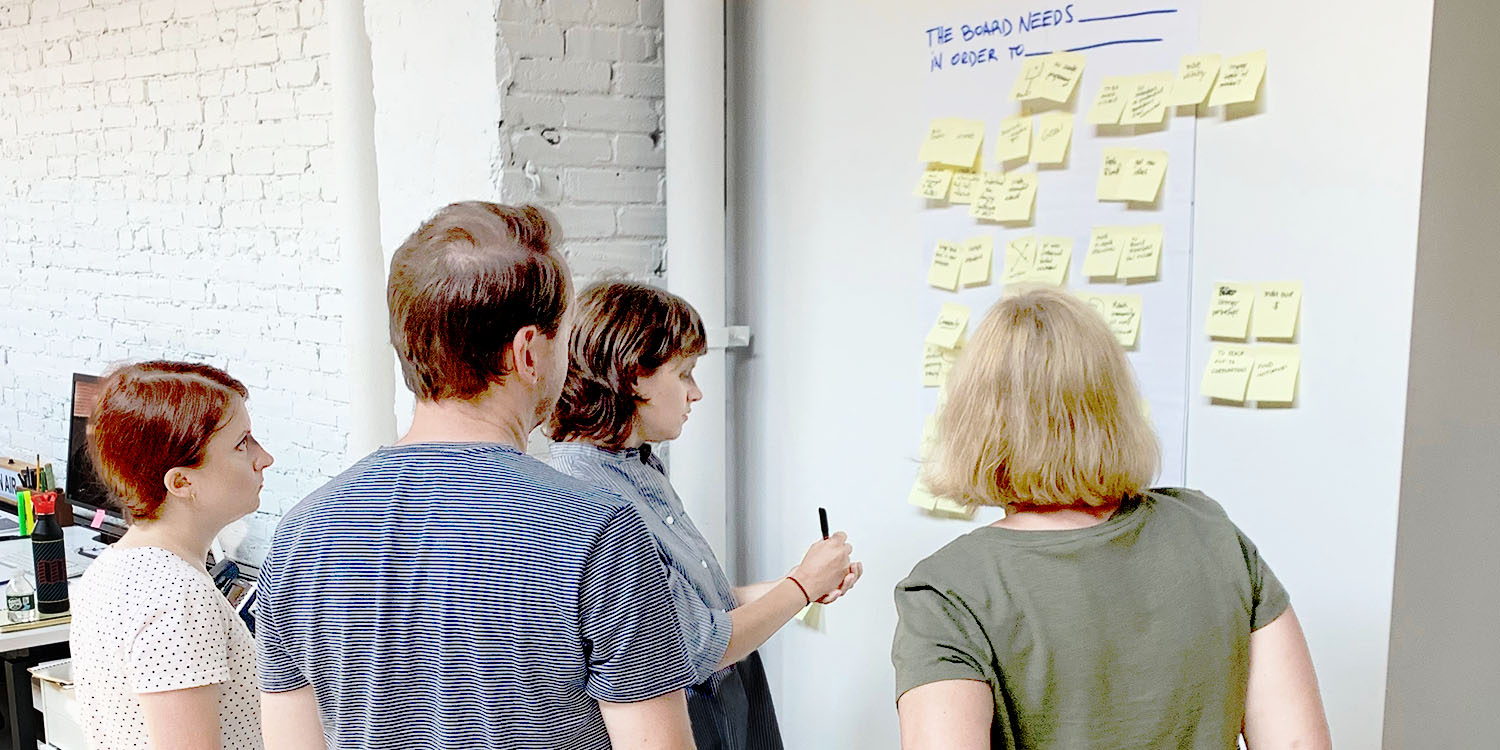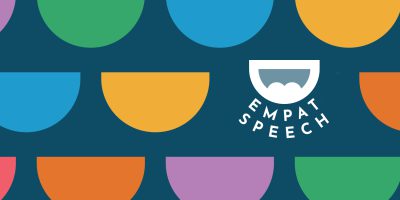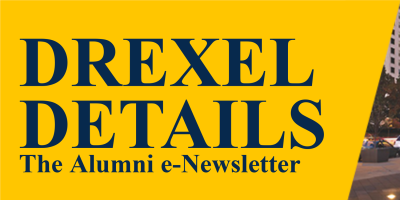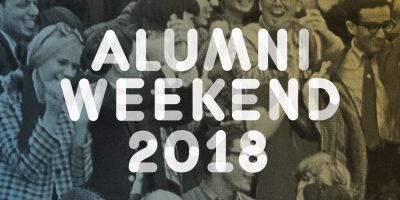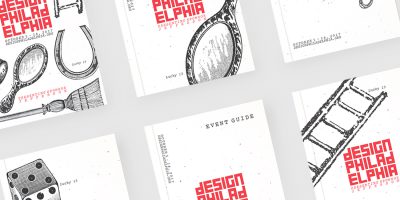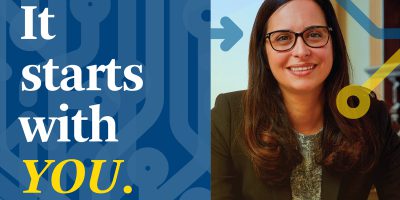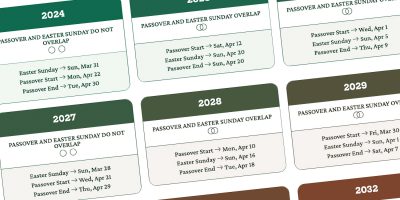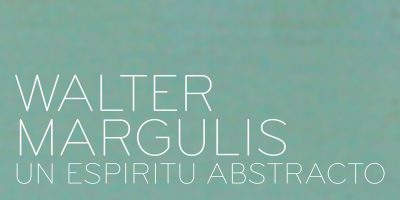AIGA Philadelphia is the local chapter of AIGA, the professional association for design, with over 70 chapters nationwide. The board is 100% volunteer-run, and as the board president I oversaw the chapter’s direction for two years. The chapter held planning retreats yearly, but during my term, we increased them to twice a year to allow us to evaluate and pivot as needed.
For the first retreat, the chapter’s vice president and I analyzed 10 years’ worth of data and reviewed feedback from our board. We identified four key findings:
- The volume of activity increased over time
- The number of chapter members and the number of people attending events had not increased
- Our chapter’s demographics had shifted, with fewer student and in-house designers than before
- The board had become less engaged over time
With this information, we established two themes for the retreat
- How can we do more with less? Exploring opportunities for efficiencies and prioritizing quality and depth over quantity
- How can we improve the experience for the chapter board?
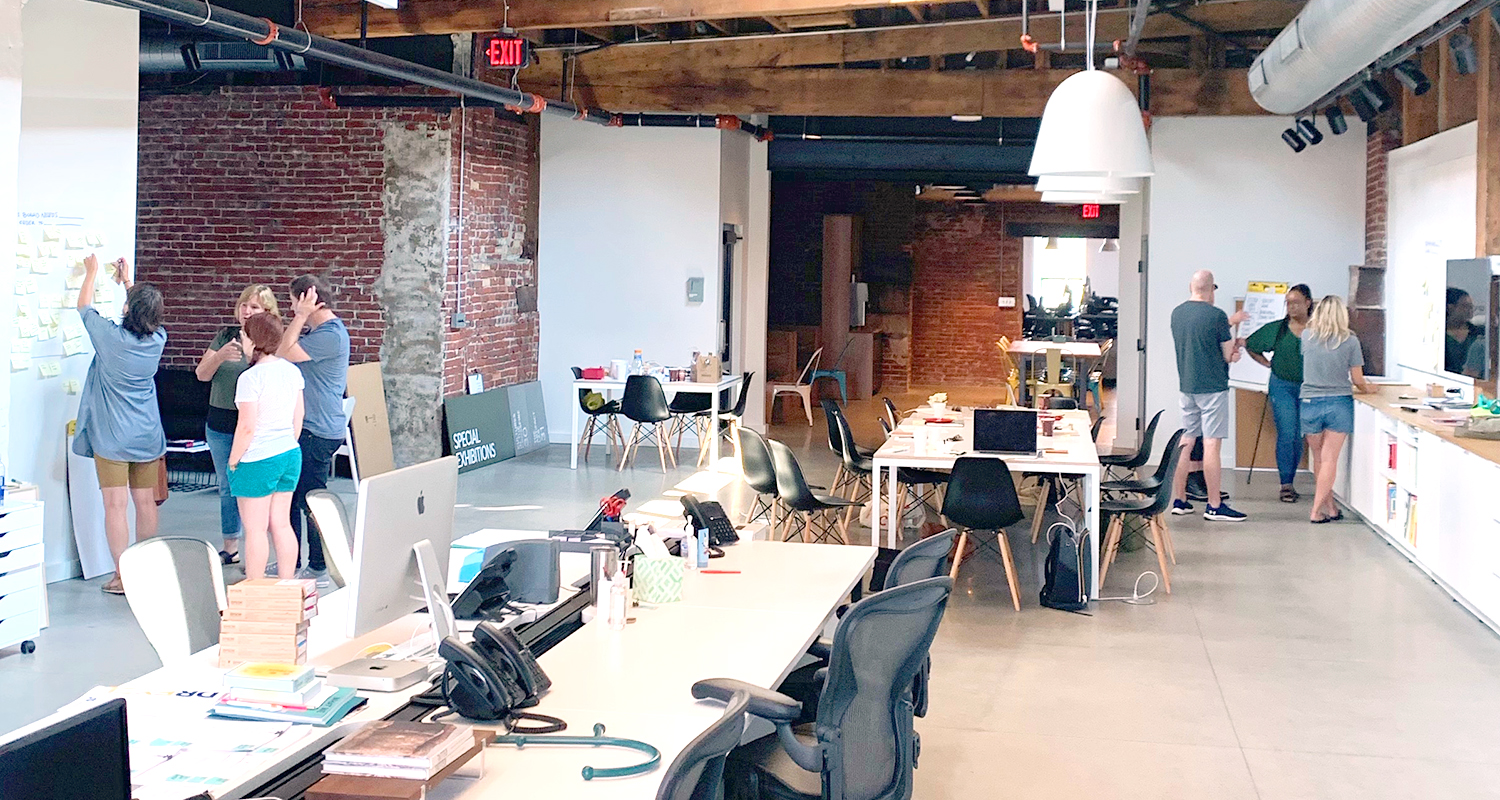
Retreat structure
The retreat lasted a full day, with 9 participants (including facilitators). I facilitated the sessions, except where noted. We split the day into three thematic sections:
- Personal: Focusing on individual roles and goals
- Introductions and sharing of personal goals
- Discuss the board’s roles and responsibilities
- Discuss the board structure and ideas for improvement—facilitated by the vice president
- Board: How do we improve the dynamics within the board of directors
- Need statement—the board answered the prompt the board needs x in order to y
- Chapter: How do we improve the work we do for our chapter, with a focus on membership
- Constituent map
- Big idea vignette
- Programming planning—facilitated by the programming director
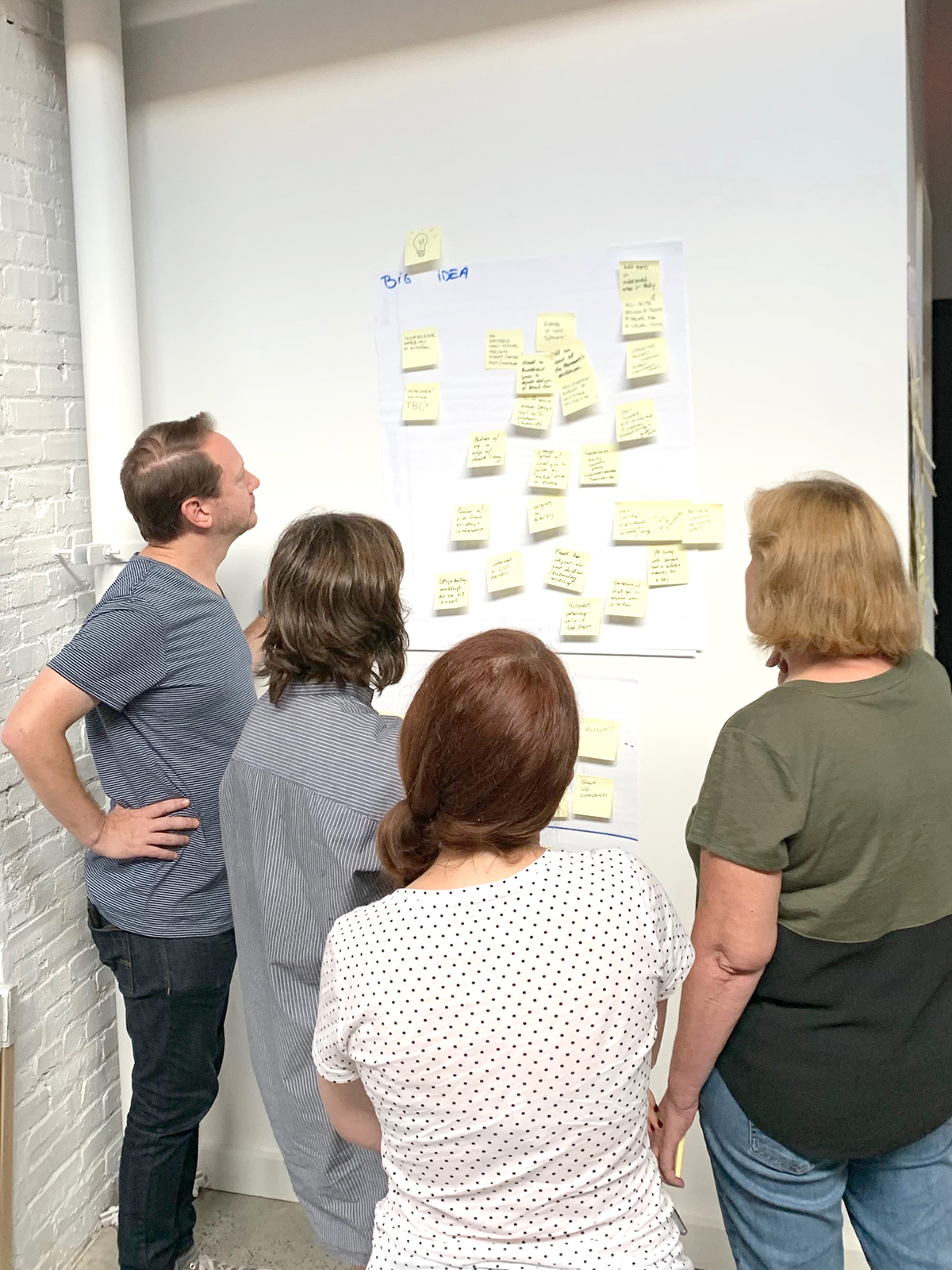
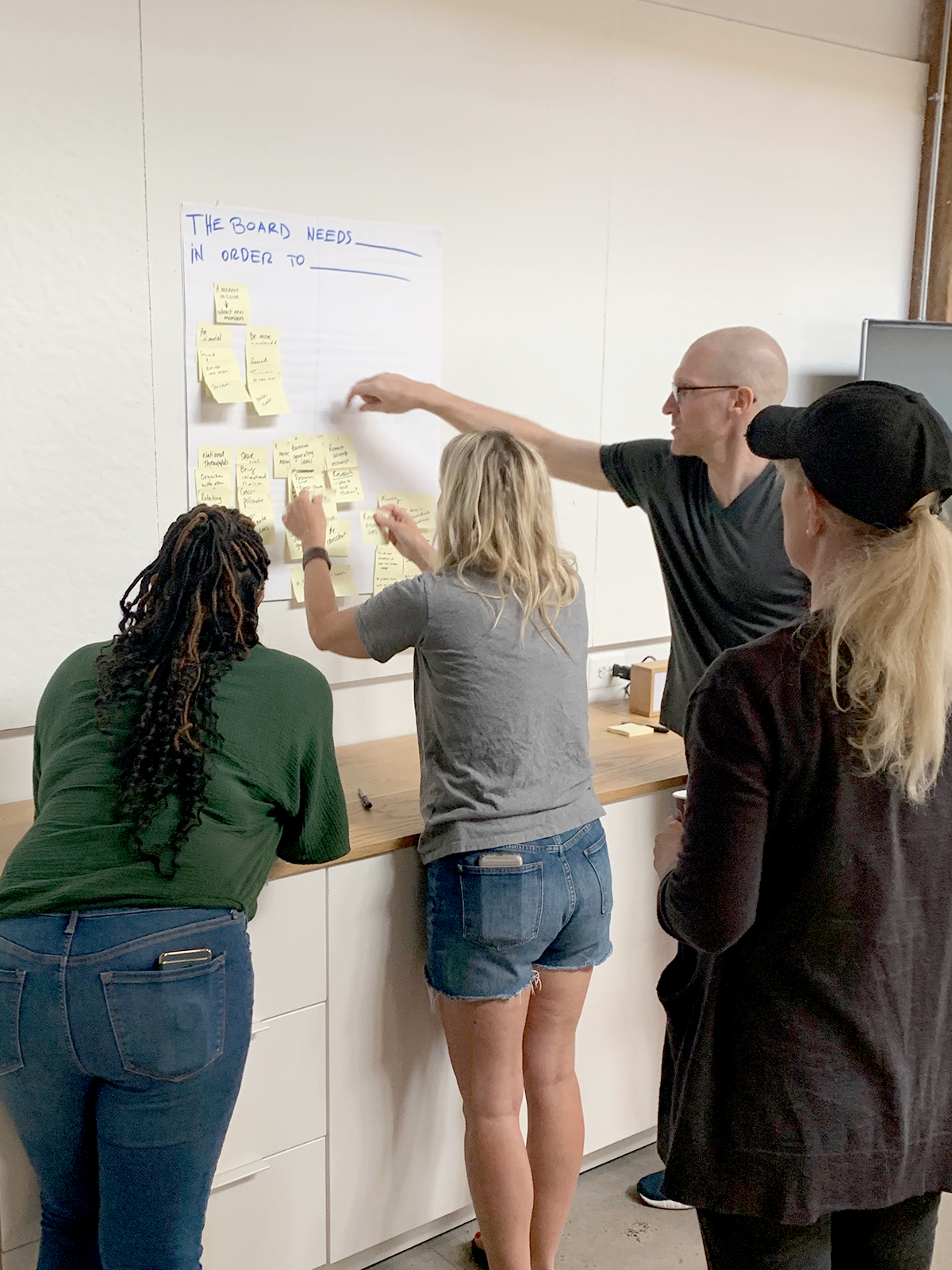
We concluded the day with a debrief to collect final thoughts and establish actionable items. The board continued to conversation online. We produced a summary document, and along with the online conversation, we used the documentation to guide all subsequent activities and board meetings.
Outcome
- We ended up with a large number of high-quality ideas and actionable items for programming, initiatives, and board operations; this allowed us to critically analyze and prioritize, rather than feeling stuck with a handful of ideas.
- We took the board’s needs and requests into account and redefined how we worked internally; namely, how we conducted meetings and how we made decisions as a board.
- Board members consistently increased their participation in board meetings and events. Feedback from the board confirmed that the changes had made a positive impact.
- We identified the chapter’s vision, mission, and strategic plan as priorities. We revised our vision and mission before the next meeting and used these as north stars for all our operations. We agreed that the strategic plan would be a long-term goal, and we revised it the following year.
- Our focus on efficiency and depth resulted in fewer events with higher attendance; particularly, we saw more new attendees.
- We identified a need to focus on DEIB, so we hired a DEIB consultant to conduct training, help us make our initiatives more inclusive, and redefine our board recruitment process to make sure our board represents our community.
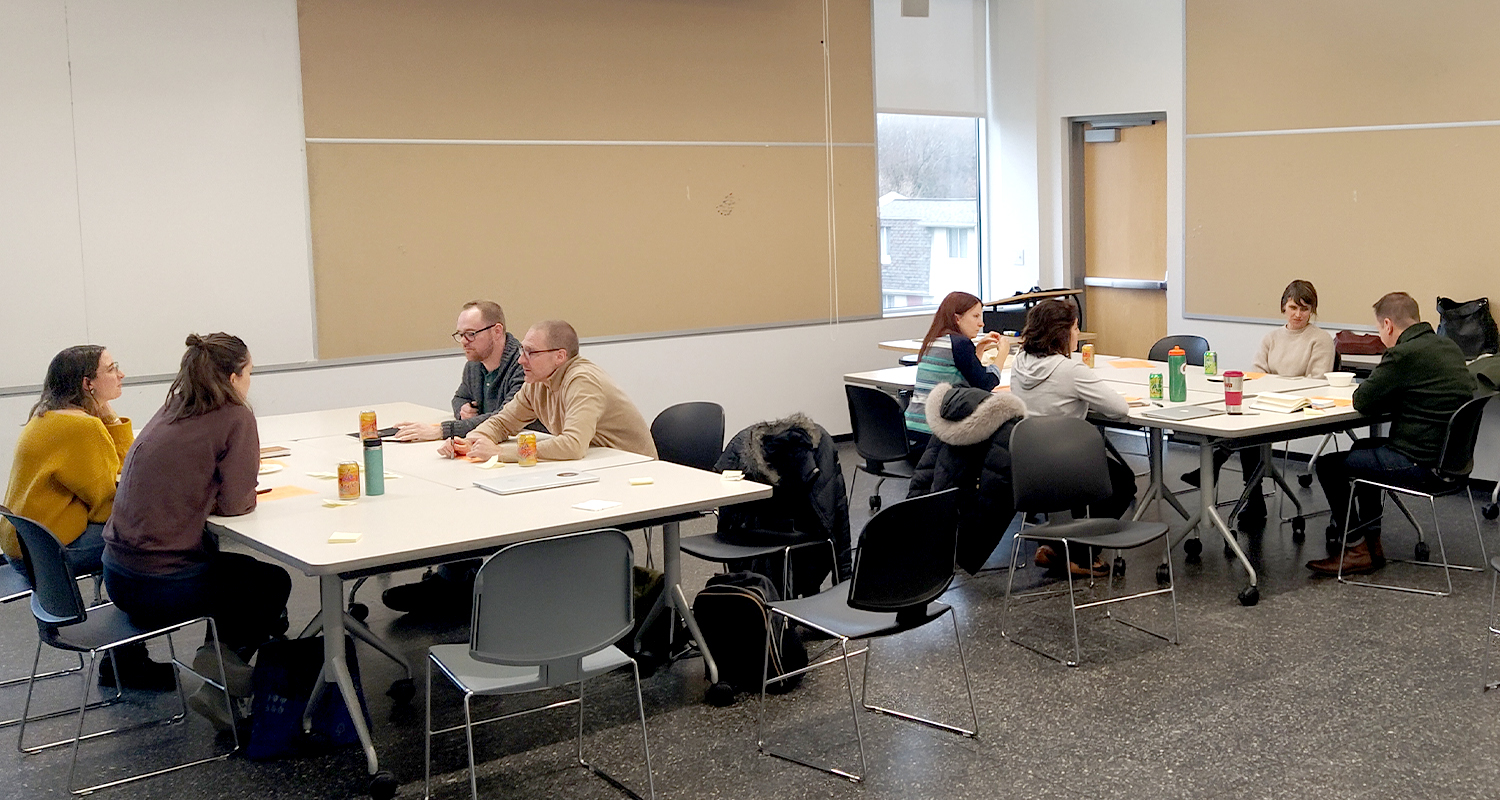
As a side benefit, since we had so many great ideas from the first retreat we used the following retreat to evaluate the results and improve our previous findings.
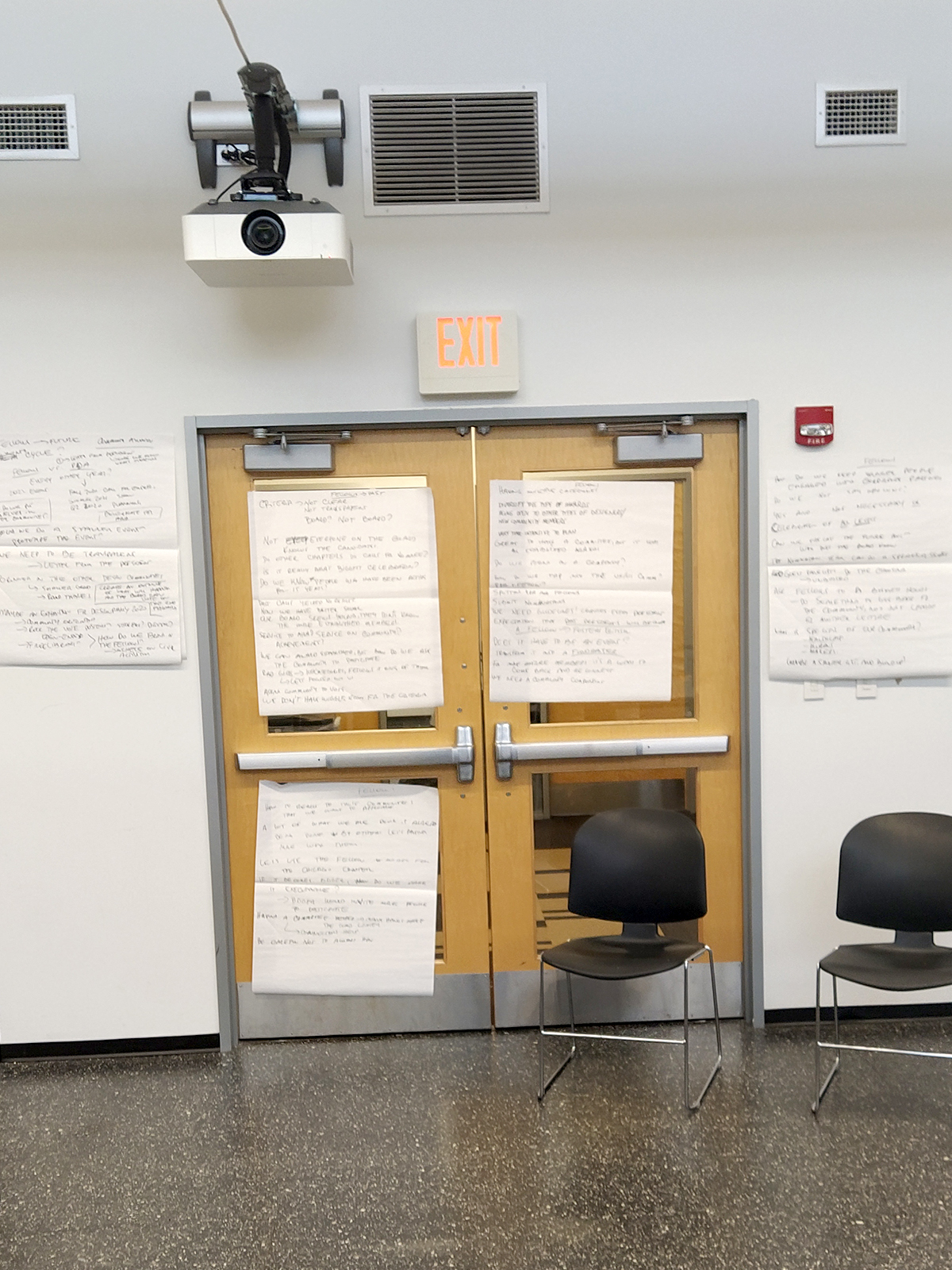
Unfortunately, with the pandemic, we had to shift our focus away from events. We took the additional time to continue expanding the strategic planning, learning more about our community’s needs, and giving voice to our local creatives.
